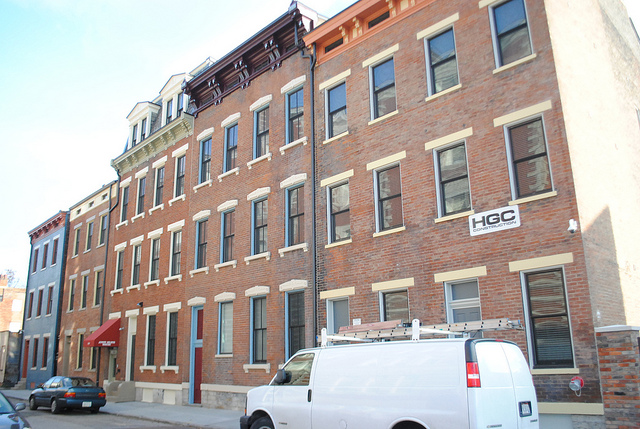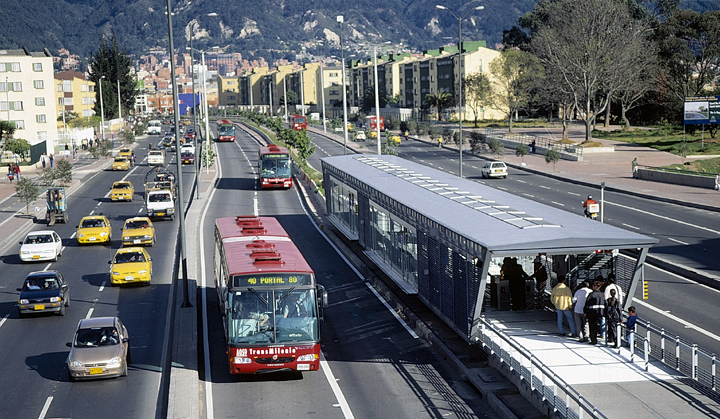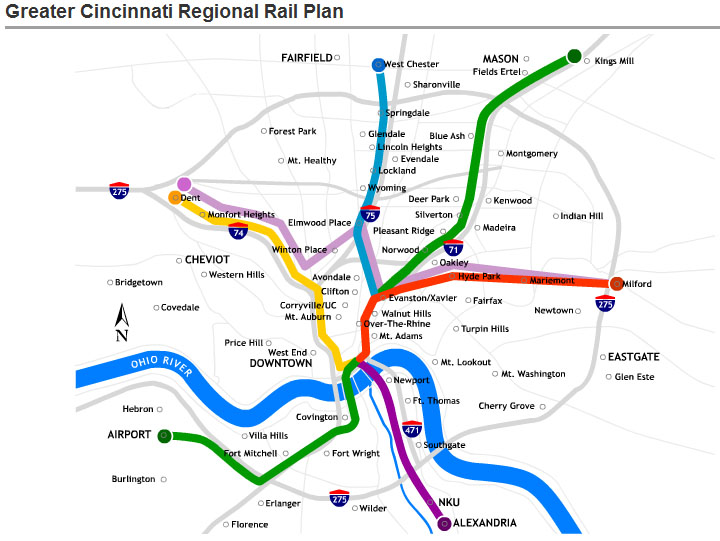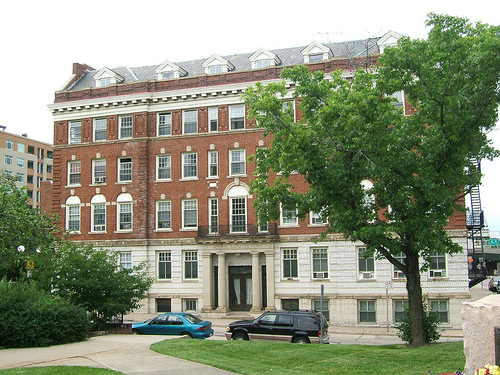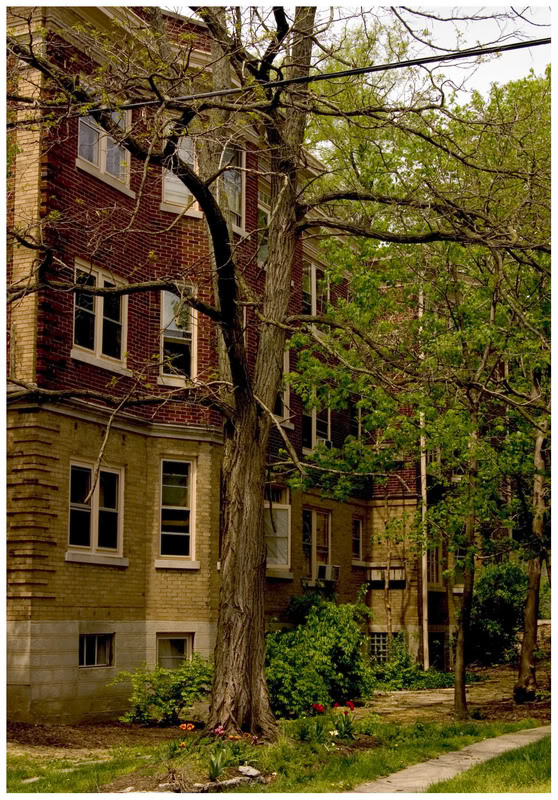Price Hill Will is taking community engagement to the next level. The neighborhood non-profit recently unveiled the $40K Challenge, an exciting and innovative new project designed to engage citizens in the neighborhood planning process.
As part of the challenge, $40,000 will be invested in East and West Price Hill, with the goal of empowering citizens to help create worthwhile community projects that make a broad impact on the neighborhood.
While Price Hill Will has utilized public participation in the past, this new project is trying something fairly new – a process called citizen-directed budgeting. This budgeting process calls for citizens to create the criteria for project proposals and ultimately decide where investments should be made.
“This type of public engagement is becoming increasingly important with the budget challenges everyone is facing,” explained Diana Vakharia, Director of Operations at Price Hill Will. “Citizens have to be involved in the weighing of the costs and benefits…when they’re in the room that’s when priorities emerge, and more importantly, that’s when we find creative solutions.”
Over the last month, a committee of Stewards, representing various groups in the neighborhood, has been meeting to ensure that the process reaches a large group of people and makes the greatest possible impact.
The $40K Challenge will be launched with a kickoff event open to the public from 9am to 11:30am Saturday, December 11, at Elder High School’s Schaeper Center (map). Taking part in the process will be Price Hill residents, community leaders, Price Hill Will, and an independent facilitator.
The meeting will take the themes created by the Stewards and allow the community to work together to refine these themes, possibly add to them, and make funding proposals that will be voted on by the entire community.
“We will measure success by how many residents not previously involved become engaged in community building,” added Vakharia. “We’re hoping this process reveals Price Hill’s goals for the community, while increasing the number of people working to achieve those goals.”

